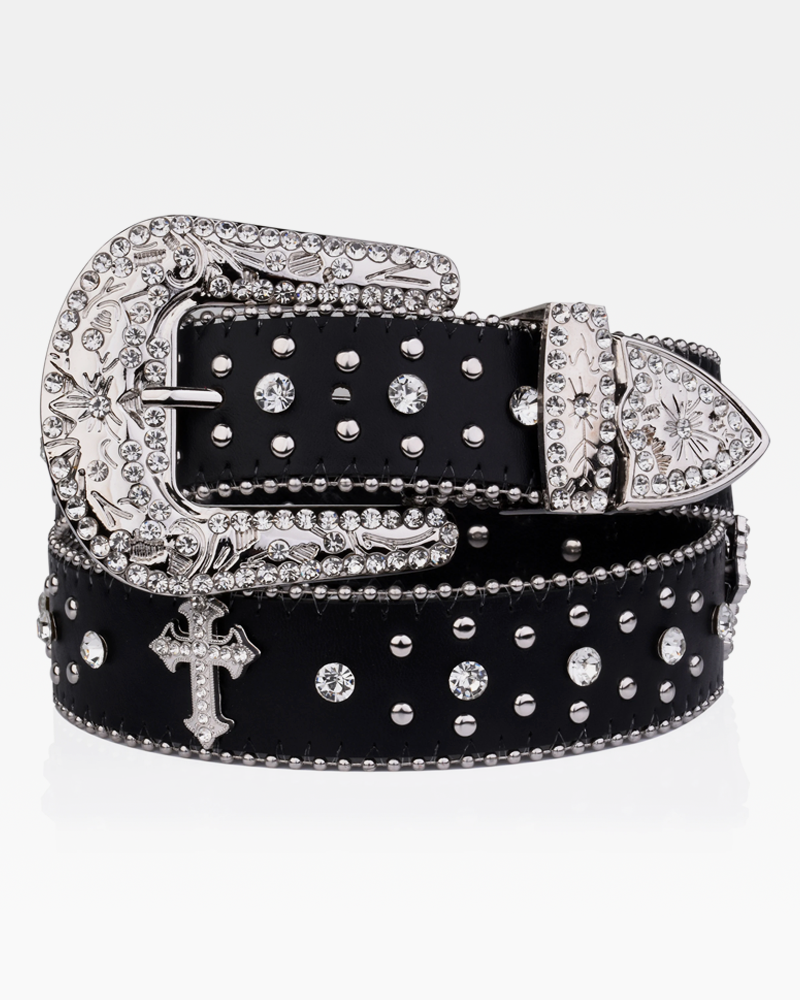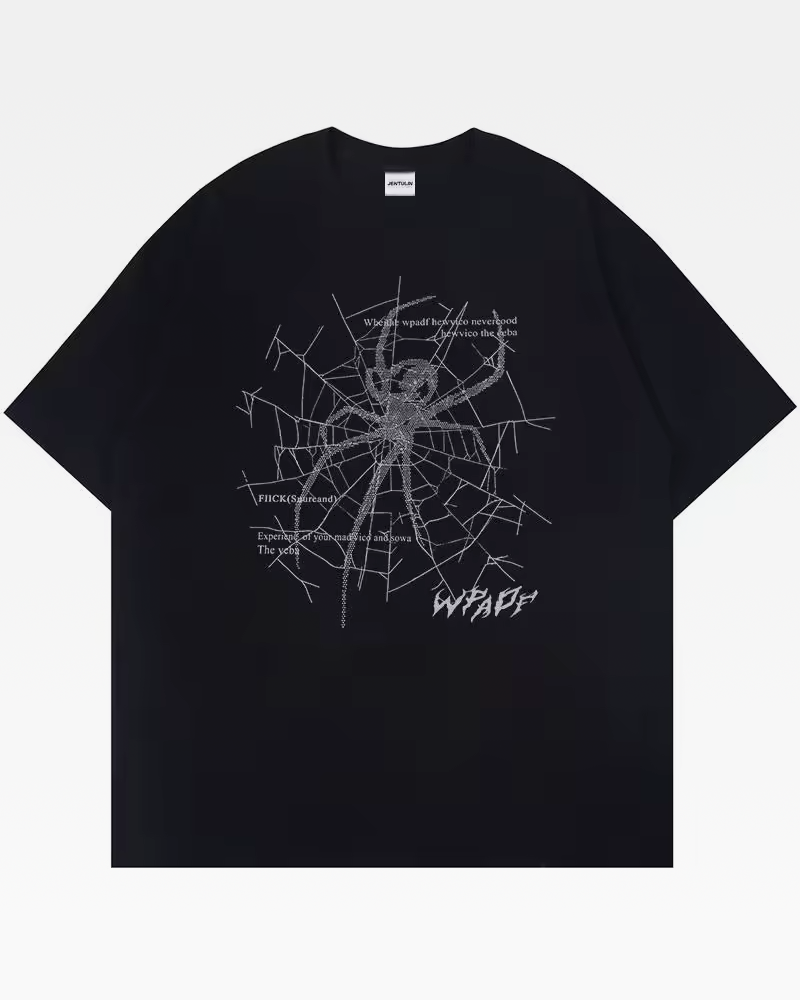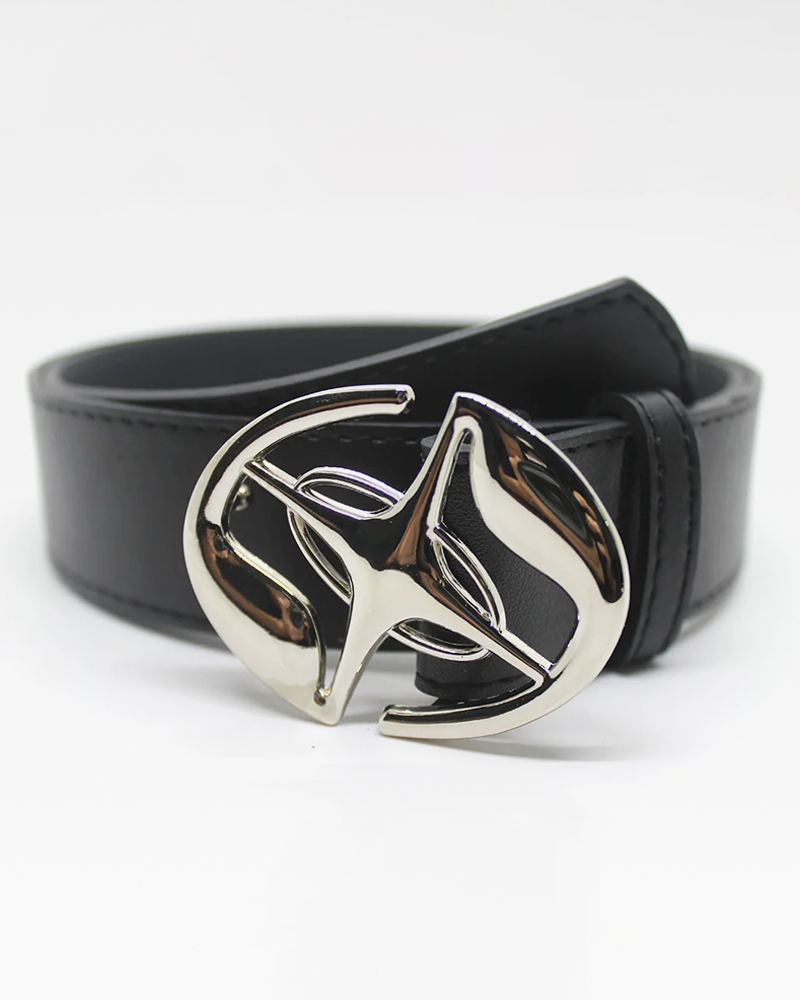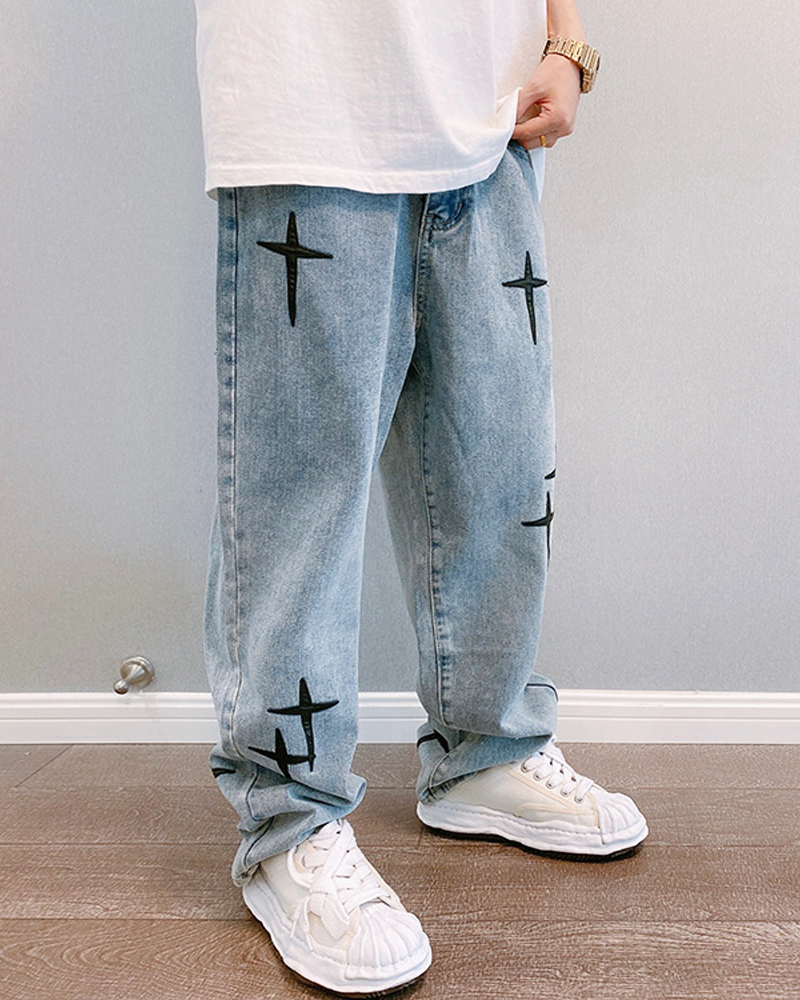Few symbols embody the early 2000s like the butterfly. It fluttered across tank tops, handbags, tattoos, and hair clips, shimmering in rhinestones and holographic colors. It was on red carpets, album covers, and MySpace pages.
The butterfly wasn't just decoration - it was an entire mood. It captured the essence of the Y2K dream: transformation, femininity, and freedom, wrapped in glitter and confidence. Two decades later, the butterfly still soars as a defining motif of the era, reborn through nostalgia and the digital gaze of a new generation.
The Rise of the Butterfly
The butterfly has long symbolized change and rebirth, but its rise in pop culture during the late '90s and early 2000s was perfectly timed. The world was shifting into a new millennium - digital, fast-paced, and full of uncertainty. People were obsessed with self-invention, and fashion mirrored that spirit.
When Mariah Carey released her 1997 album Butterfly, it wasn't just a title - it was a statement. The imagery of transformation, freedom, and vulnerability became a blueprint for the Y2K aesthetic. Soon after, pop icons like Britney Spears, Christina Aguilera, and Mandy Moore began embracing the symbol too.
Butterflies appeared in music videos, embroidered on jeans, printed on tiny tops, and clipped into hair. It was a visual shorthand for optimism and individuality - delicate, but powerful. For a generation raised on MTV and dial-up Internet, the butterfly became an avatar of self-expression.

Fashion Takes Flight
In fashion, the butterfly became more than a motif - it became a cultural obsession. From streetwear to luxury, everyone wanted a piece of its magic. Baby Phat made butterfly jewelry and pink tops that captured the glamorous side of Y2K femininity, while Roberto Cavalli and Blumarine turned the pattern into high-fashion fantasy.
Butterfly-shaped tops, glittering prints, and embroidered denim dominated mall culture. Walk into a Limited Too or Wet Seal in 2002, and you'd find entire collections covered in them. They weren't just cute - they carried an energy of confidence, rebellion, and transformation.
The butterfly's success also had a lot to do with timing. Y2K fashion was defined by contradiction - technology and nature, glam and innocence, plastic and emotion. The butterfly, fragile but fierce, embodied that tension perfectly.
Even red-carpet fashion embraced it. Britney Spears' 2000 MTV VMAs butterfly top became one of the most iconic looks of the decade. It wasn't subtle - but that was the point. The Y2K era didn't do subtle.
The Symbolism of Transformation
Why did butterflies resonate so deeply during this period? Because they mirrored what society was feeling. The early 2000s were about new identities - digital ones, social ones, and aesthetic ones. The Internet was changing how people presented themselves. The butterfly, constantly transforming, symbolized that shift.
It also reflected a specific kind of femininity. Y2K style celebrated softness and sensuality, but with an edge. Butterflies represented freedom - a gentle rebellion against the rigid beauty standards of the '90s. They offered a new kind of power: self-created, playful, and performative.
Even beyond gender, the butterfly became a universal metaphor for reinvention. Just like the caterpillar turning into something new, fashion was metamorphosing into a new digital era.

The Digital Revival
Fast-forward to today, and the butterfly has landed again. On TikTok and Instagram, it's everywhere - floating on phone cases, printed on mesh tops, stitched into Y2K jeans. Gen Z's fascination with 2000s nostalgia has given the motif a new life, filtered through modern minimalism.
But it's not exactly the same butterfly. The 2025 version is softer, more curated, and often worn with irony. It's part of the larger Y2K revival, where vintage mall culture meets modern digital aesthetics. The butterfly has evolved, just as it did two decades ago - less commercial, more symbolic.
Celebrities like Dua Lipa, Olivia Rodrigo, and Bella Hadid have embraced it, wearing butterfly tops, jewelry, and prints that echo early 2000s fashion while feeling entirely current. It's become an emblem again - of nostalgia, confidence, and a little bit of magic.
Why It Still Matters
The butterfly remains powerful because it captures a feeling - a mix of innocence, self-expression, and transformation that defines both Y2K and the present moment. It's nostalgic, but it doesn't belong to the past. It's a symbol that constantly reinvents itself, much like the generations who wear it.
In the early 2000s, the butterfly represented a dream of becoming something new - shinier, freer, more confident. In 2025, it represents remembering that dream and reimagining it for the digital age.

A Symbol That Keeps Evolving
So, why did the butterfly define the Y2K era? Because it embodied what the decade stood for - the fantasy of transformation, the love of excess, and the belief that beauty could be bold.
And why does it still resonate today? Because that fantasy never really ended. Fashion keeps changing, but the butterfly always finds a way to fly back.
In every new wave of nostalgia, it reminds us that transformation is timeless - and a little sparkle never goes out of style.











